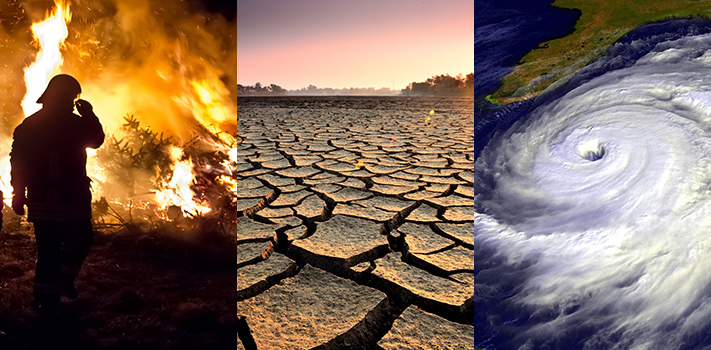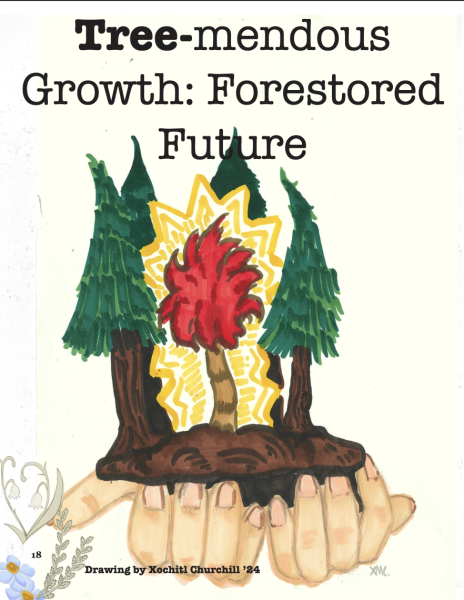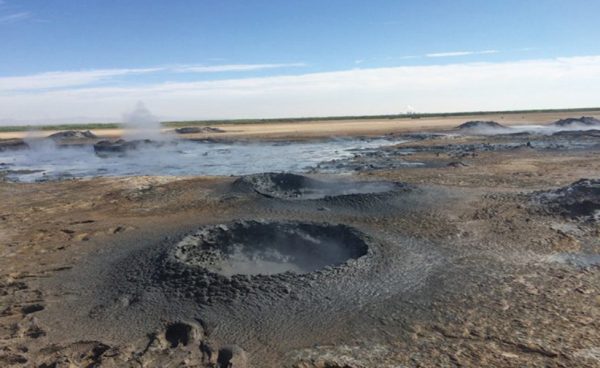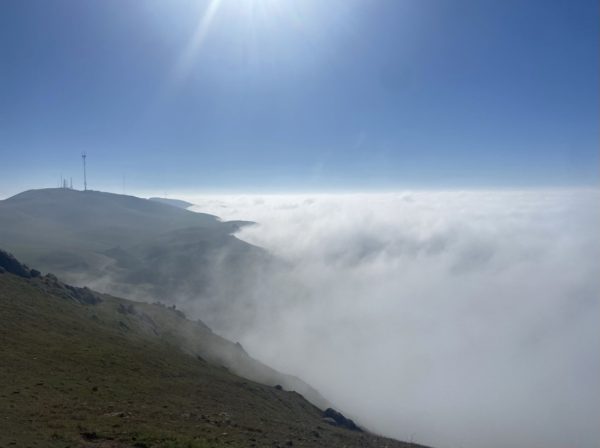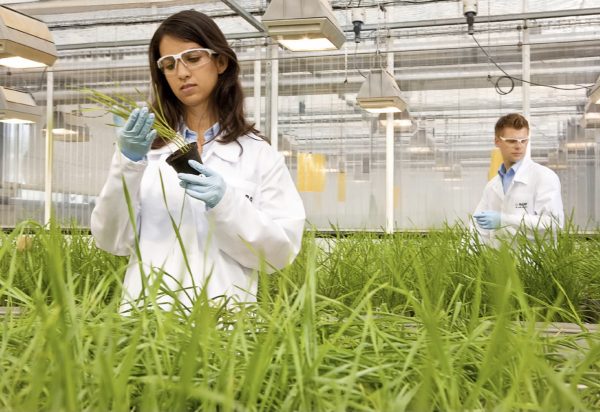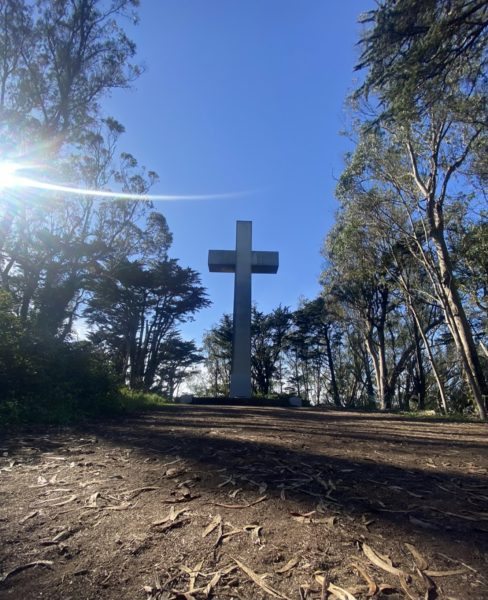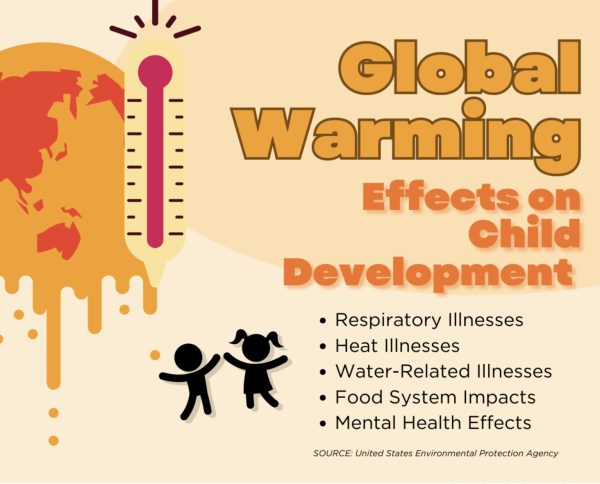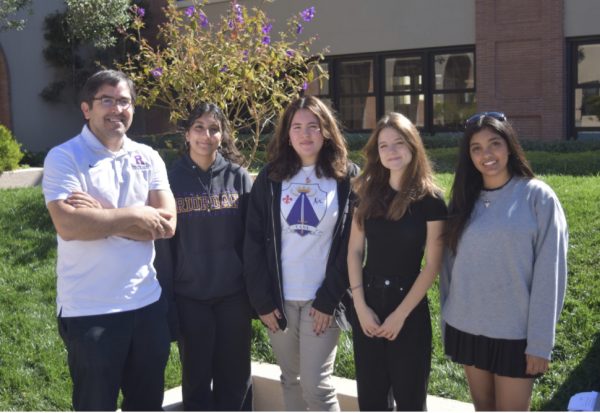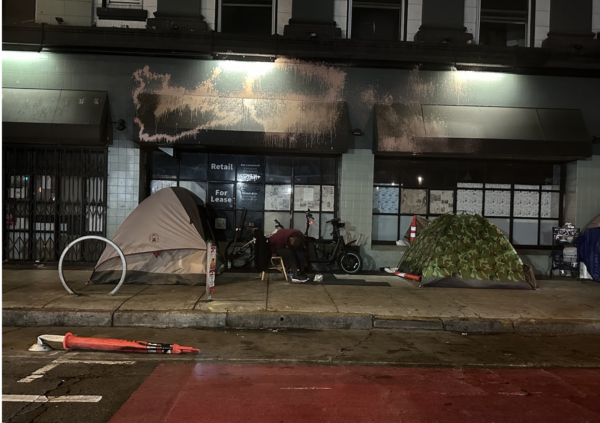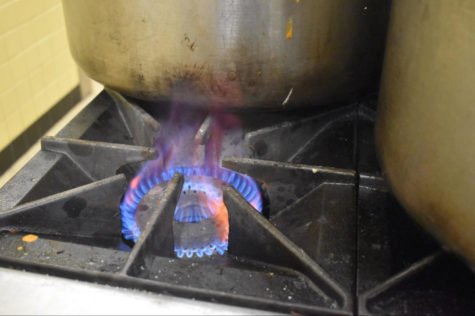World leaders gather to seek climate change solutions
December 14, 2021
As countries begin to attempt meeting the standards set at the Paris Climate Accord, locally, Riordan students are trying to grapple with the looming effects of climate change such as sea level rise and drought.
The Paris Climate Accord, signed in 2015 by 196 countries, set targets of limiting emissions, so the average temperature may not rise above 2 degrees celsius, 35.6 degrees fahrenheit. However, according to the Council on Foriegn Relations, the planet is on track to meet 2.9 degrees above average by 2100.
Evan Marigmen ’24 is already facing the potential of sea level rise in his neighborhood.
Although Marigmen, who lives in the low lying San Francisco neighborhood of the Bayview, has “personally never experienced a storm or flood in my neighborhood,” he would be at high risk during a worst-case scenario sea level rise.
In the event of a major storm surge caused by rising sea levels, Marigmen “would probably drive up the hills in the area to avoid water” as “there are quite a few hills and high tops near third street.”
Flooding or storm surges would be one consequence of climate change, since rising temperatures cause melting of glacial ice draining into the ocean raising the sea level.
According to SeaLevelRise.org “the area around San Francisco has risen 6 inches since 1950…and it’s now rising 1 inch every 10 years.”
On the opposite end of the spectrum, many Riordan students are having to face a lack of water, caused by a historic drought presently in California.
Mason Mckee ’23, who grows tomatoes, cucumbers, and peppers in his home garden, has noticed his “tomatoes burn quicker because of the heat currently and require more water.”
James Peakes ’24 was forced to adapt his garden to become drought tolerant.
Peakes has invested in succulents and cacti, only because “they need so little water that you plant it and don’t worry about it forever.”


